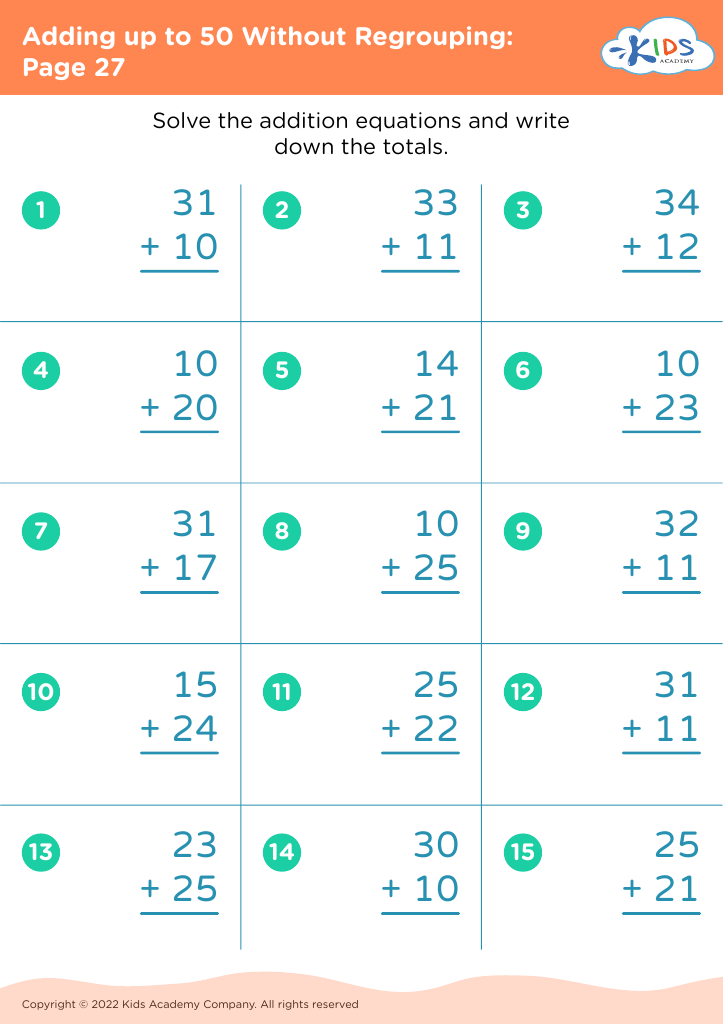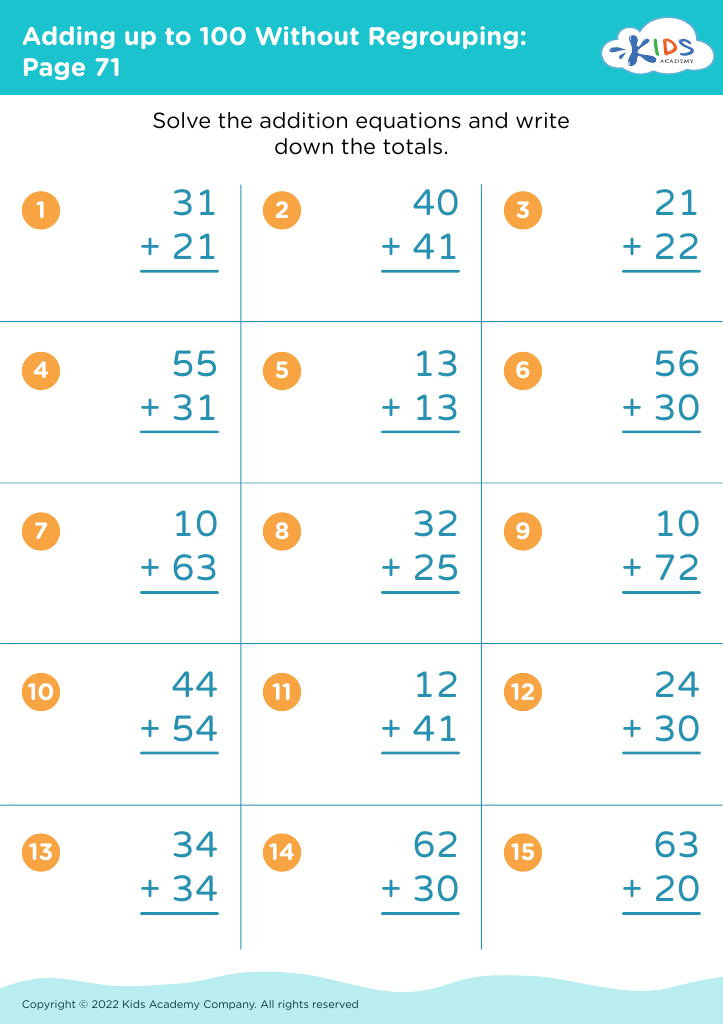Interpreting pie charts Worksheets for Kids
2 filtered results
-
From - To
Question/Answer
How to test a Grade 2 student’s Interpreting pie charts skills?
To test a Grade 2 student's interpreting pie chart skills, provide simple pie charts with two to three clearly labeled sections using familiar items or topics (like types of fruits eaten in a week). Ask questions about the largest/smallest sections, comparing sections, and basic percentages or fractions (e. g. , "What fraction of the chart is apples? ").
Why is the Interpreting pie charts skill important for Grade 2 students?
The Interpreting pie charts skill is important for Grade 2 students because it introduces them to basic data representation and analysis. It helps develop their mathematical reasoning and critical thinking skills by teaching them how to visually interpret and compare different parts of a whole, laying a foundation for more complex mathematical concepts and problem-solving strategies in future grades.
How does the mastery of the Interpreting pie charts skill affect a student's performance at an early age?
Mastery of interpreting pie charts at an early age significantly enhances a student's data literacy, aiding in their ability to analyze and comprehend proportional and quantitative information. This skill fosters critical thinking, improves mathematical reasoning, and supports decision-making processes, which collectively contribute to better academic performance across various subjects, not just in math.














